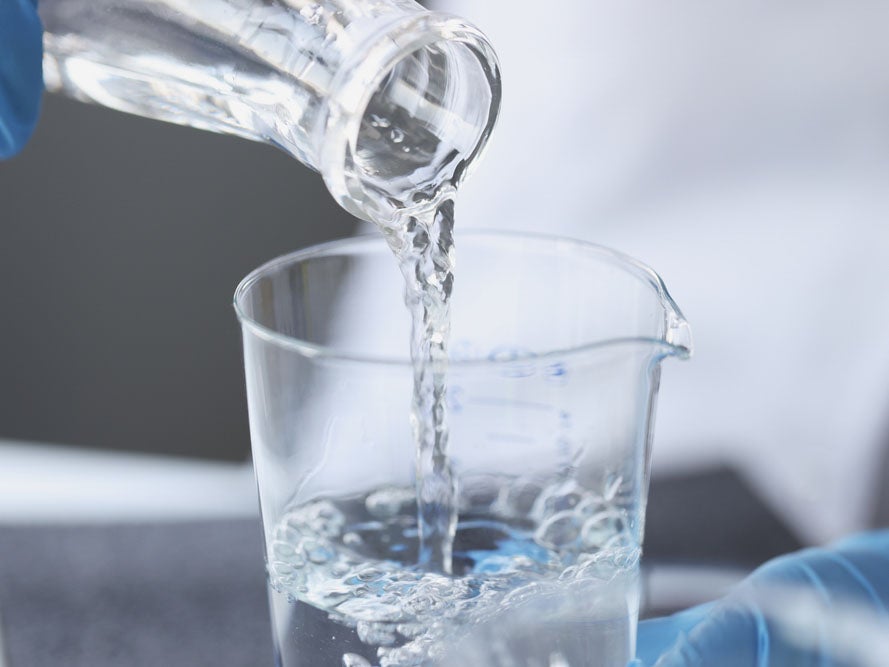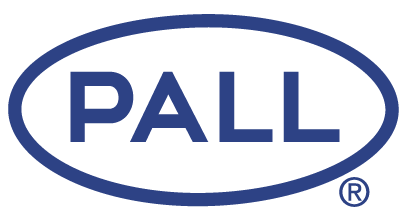
The presence of endotoxins in water supplies poses a unique threat to the health of patients in clinical environments and can lead to severe illnesses.
Endotoxins are molecular components of Gram-negative bacterial cell walls that are released when bacteria is damaged during water treatment processes, such as exposure to high temperatures. This means that in cases where a high number of Gram-negative bacteria has had the opportunity to multiply before treatment, vast amounts of endotoxins can be generated and be present in what is believed to be purified water.
Typically, small amounts of endotoxins in drinking water aren’t a major risk to human health, but problems arise should endotoxins enter the bloodstream. This can occur from drinking water if there are medical problems or biological stresses in the body, such as infections, gut inflammation, or gum disease.
The presence of endotoxins poses significant risks in medical applications. Fluids used in IV therapy, cardiopulmonary bypass, and dialysis have the potential to cause endotoxic shock, and contaminated water can be harmful when it is used for flushing critical parts of the patient’s body, such as mucous membranes.
Endotoxins are pyrogens, meaning they can cause fever when they come into contact with mucous membranes and enter the bloodstream. Furthermore, they can activate several signalling pathways of immunocompetent cells, which may lead to either inflammation or apoptosis.
“Endotoxins are a big problem in purified water. Because to get purified water, it can be treated by temperatures, or sterilisation or disinfection, and that is how endotoxins are generated,” explains Dr Andreas Capewell, technical specialist at Pall Medical (now part of Cytiva) “For applications such as eye surgery, where purified water is used, there is a big problem with the eye with endotoxins. If all bacteria has not been killed or removed ahead of time, and then you apply hot water shock or disinfection chemicals, you generate massive amounts of endotoxins.”
One example of where contamination from endotoxin causes issues is in ophthalmic devices used for eye surgery, which can result in painful eye inflammations or toxic anterior segment syndrome. Measuring endotoxins can be difficult, but there are strategies for healthcare providers to keep patients safe.
Monitoring and managing endotoxins in water
Regulations and guidelines differ depending on the region, but there are various standards in place that set a limit for endotoxins found in the water for specific procedures and equipment.
When it comes to measuring the presence of endotoxins, the Limulus amebocyte lysate (LAL) test is typically used. However, the monocyte activation test (MAT) is an in vitro test based on the human fever reaction with human blood cells, which records both endotoxic and non-endotoxin pyrogens.
The method of removing endotoxins depends on many factors, including the desired purity levels and the downstream application of the purified solution. In some cases, solutions such as affinity chromatography and endotoxin removal resins may be used. The negative net charge of endotoxin is used to bind the endotoxin to the resin.
Similarly, charge-modified filters are effective when it comes to endotoxin removal. Pall Corporation provides specialist bioprocessing and manufacturing solutions, including filtration, separation, and purification products. Pall Posidyne filter cartridges utilise a patented charge-modified Nylon 66 membrane filter, which has a positively charged Zeta potential in the presence of aqueous liquids. This positive Zeta potential provides enhanced retention of fine particles smaller than the membrane’s rating and effectively removes negatively charged contaminants such as endotoxins in water.
To find out more about Pall water filter products and solutions, download the document below.


